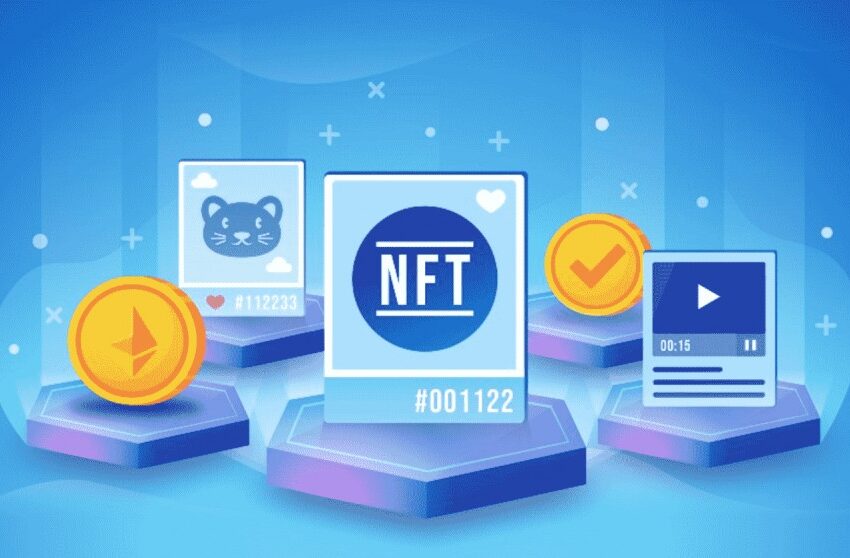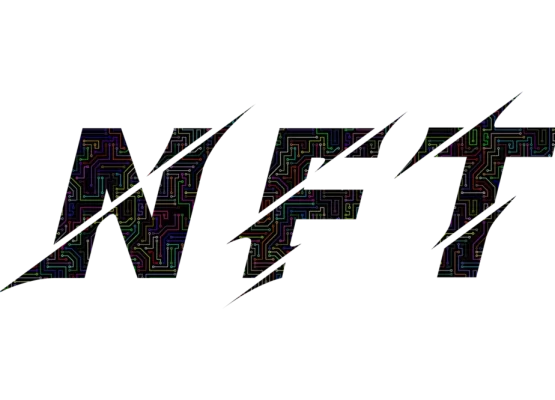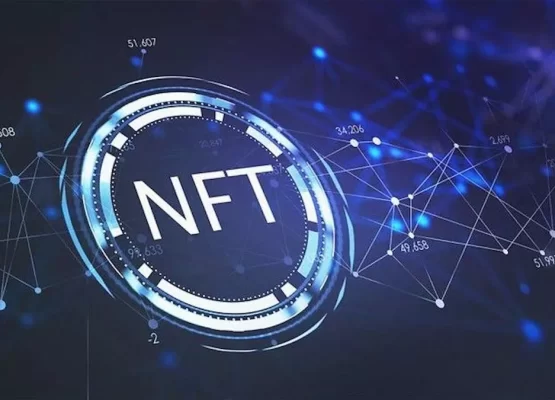Introduction
With the increasing popularity of non-fungible tokens (NFTs), the demand for digital asset trading has surged, leading to the emergence of NFT marketplaces. However, the current NFT marketplaces operate on a single blockchain, which limits the trading of NFTs to that particular blockchain. This limitation has created a need for multichain NFT marketplaces that can facilitate the trading of NFTs across different blockchains.
Multichain NFT marketplaces are designed to provide interoperability, scalability, and accessibility, making them the future of digital asset trading. In this article, we will discuss the rise of NFTs in the digital asset space, the emergence of multichain NFT marketplaces, their benefits, and their potential to revolutionize digital asset trading. We will also examine the challenges and risks associated with multichain NFT marketplaces and their impact on the future of digital asset trading.
The Rise of NFTs in the Digital Asset Space
NFTs have gained tremendous popularity in recent years, particularly in the digital art and collectibles space. NFTs are unique digital assets that are stored on a blockchain and cannot be replicated, making them valuable to collectors and investors.
The introduction of NFTs has enabled creators and artists to monetize their digital content and gain recognition for their work. The market for NFTs has grown rapidly, with high-profile sales reaching millions of dollars.
The digital asset space is no longer limited to traditional assets such as stocks, bonds, and real estate. The introduction of NFTs has expanded the digital asset space, providing new investment opportunities for investors and collectors.
However, the current NFT marketplaces operate on a single blockchain, which limits the trading of NFTs to that particular blockchain. This limitation has created a need for multichain NFT marketplaces that can facilitate the trading of NFTs across different blockchains.
The Emergence of Multichain NFT Marketplaces
NFT marketplace development has evolved significantly with the emergence of multichain NFT marketplaces. These marketplaces are designed to facilitate the trading of NFTs across multiple blockchains, providing greater flexibility, interoperability, and accessibility for users.
Several multichain NFT marketplaces have emerged in recent years, including OpenSea, Rarible, and Nifty Gateway. These marketplaces allow users to buy, sell, and trade NFTs across different blockchains, including Ethereum, Binance Smart Chain, and Polygon.
The development of multichain NFT marketplaces has been driven by the need to address the limitations of single-chain NFT marketplaces. Single-chain NFT marketplaces restrict the trading of NFTs to a specific blockchain, limiting the market for NFTs and creating inefficiencies in the trading process.
Multichain NFT marketplaces provide several benefits, including greater liquidity, reduced fees, and increased accessibility. These marketplaces allow users to access a wider range of NFTs, trade across multiple chains, and reduce the costs associated with trading.
Overall, the emergence of multichain NFT marketplaces represents a significant development in the digital asset space, providing greater flexibility, interoperability, and accessibility for users.
Benefits of Multichain NFT Marketplaces
There are several benefits of multichain NFT marketplaces that make them the future of digital asset trading. Here are some of the key benefits:
- Interoperability: Multichain NFT marketplaces allow NFTs to be traded across different blockchains, making it easier for users to access a wider range of NFT Development. This interoperability increases the liquidity of NFTs and provides greater trading opportunities for users.
- Scalability: As the demand for NFTs continues to grow, single-chain NFT marketplaces may struggle to keep up with the demand. Multichain NFT marketplaces, on the other hand, can scale more easily to accommodate the growing demand for NFTs, ensuring that users can access NFTs without any issues.
- Accessibility: Multichain NFT marketplaces provide greater accessibility for users by allowing them to trade NFTs across multiple blockchains. This accessibility allows users to choose the blockchain that best suits their needs, making it easier for them to participate in the NFT market.
- Reduced fees: Single-chain NFT marketplaces can be expensive to use, with high transaction fees and gas costs. Multichain NFT marketplaces can reduce these fees by allowing users to trade NFTs across different blockchains, providing greater efficiency and reducing costs.
Overall, multichain NFT marketplaces provide greater flexibility, efficiency, and accessibility for users, making them the future of digital asset trading.
The Future of Digital Asset Trading
The future of digital asset trading is evolving rapidly, with the emergence of new technologies and marketplaces. Multichain NFT marketplaces are at the forefront of this evolution, providing greater flexibility and accessibility for users.
As the demand for digital assets continues to grow, we can expect to see more multichain NFT marketplaces emerge, providing greater interoperability and scalability for users. These marketplaces will make it easier for users to trade NFTs across different blockchains, increasing liquidity and providing greater trading opportunities.
In addition, we can expect to see new technologies such as decentralized finance (DeFi) and blockchain-based gaming drive the growth of the digital asset space. These technologies will create new investment opportunities and drive innovation in the digital asset space.
Overall, the future of digital asset trading looks promising, with new technologies and marketplaces driving growth and innovation. Multichain NFT marketplaces will play a key role in this evolution, providing greater flexibility, efficiency, and accessibility for users.
Challenges and Risks Associated with Multichain NFT Marketplaces
While multichain NFT marketplaces offer many benefits, there are also some challenges and risks associated with them. Here are some of the key challenges and risks:
- Security: Trading NFTs across multiple blockchains introduces security risks, as each blockchain has its own security vulnerabilities. Multichain NFT marketplaces must ensure that they have robust security measures in place to protect users’ assets.
- Interoperability: While multichain NFT marketplaces offer greater interoperability, there can be challenges in connecting different blockchains. This can lead to issues with transaction times and fees, which can impact the user experience.
- Regulation: The regulation of NFTs and digital assets is still evolving, and there may be challenges in ensuring compliance with different regulatory frameworks across different blockchains.
- User adoption: As multichain NFT marketplaces are a relatively new concept, there may be challenges in attracting users to these platforms. User adoption will be crucial to the success of these marketplaces.
- Market fragmentation: The emergence of multiple multichain NFT marketplaces can lead to market fragmentation, making it difficult for users to find and access the NFTs they want to trade.
Overall, while multichain NFT marketplaces offer many benefits, there are also challenges and risks associated with them. Marketplaces must ensure they have robust security measures in place and address issues related to interoperability and regulation to ensure the success and sustainability of these platforms.
Conclusion
In conclusion, multichain NFT marketplaces are the future of digital asset trading, offering greater flexibility, interoperability, and accessibility for users. These marketplaces enable users to trade NFTs across multiple blockchains, providing greater liquidity, reduced fees, and increased accessibility.
While there are challenges and risks associated with multichain NFT marketplaces, such as security, interoperability, regulation, user adoption, and market fragmentation, these challenges can be addressed with robust security measures, effective regulation, and innovative solutions.
As the demand for digital assets continues to grow, we can expect to see the emergence of more multichain NFT marketplaces, providing greater trading opportunities and driving innovation in the digital asset space.
Overall, multichain NFT marketplaces represent a significant development in the digital asset space, providing greater flexibility, efficiency, and accessibility for users, and they are poised to play a key role in the future of digital asset trading.




